Winter Planting & Greens/Lettuces
brgcuvi
9 years ago
Related Stories

FARM YOUR YARDCool-Season Vegetables: How to Grow Lettuce
Leaf, butterhead, crisphead or romaine — lettuce is best harvested in the cool weather of spring and fall
Full Story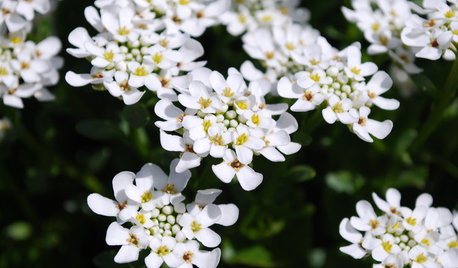
GROUND COVERSGreat Design Plant: Evergreen Candytuft for Glossy Winter Foliage
Keep your garden green through frosty days with this woody subshrub — then delight in sparkling white flowers come spring
Full Story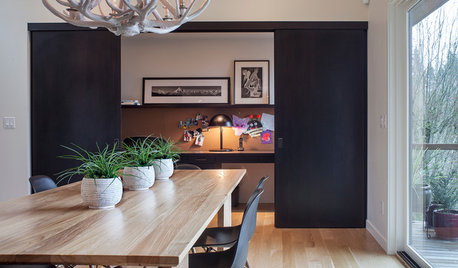
SHOP HOUZZShop Houzz: Create an Indoor Garden for a Green Winter
Keep the freshness going with indoor planters, terrariums and herb gardens
Full Story0
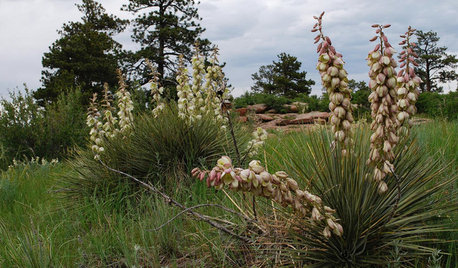
GARDENING GUIDESGreat Design Plant: Yucca Glauca
Soapweed yucca's pale green leaves brighten the winter garden and add sculptural interest year-round
Full Story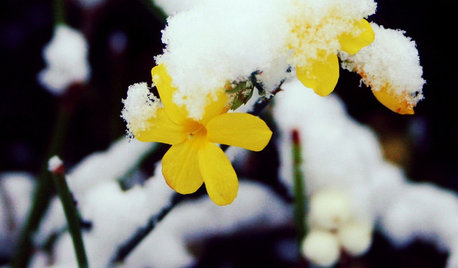
YELLOW FLOWERSGreat Design Plant: Winter Jasmine Gladdens Snowy Gardens
Sunny yellow flowers defy the frost, bringing cheer to the garden on gray days
Full Story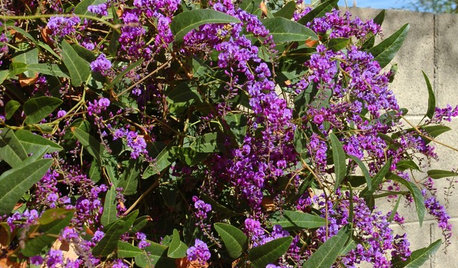
GARDENING GUIDESGreat Design Plant: Lilac Vine for a Purple Profusion in Winter
Grow this pretty, hardy vine on a fence or as a ground cover for blooms throughout the colder months
Full Story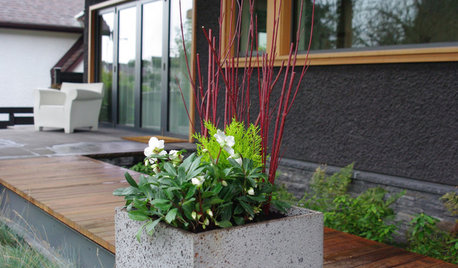
WINTER GARDENING7 Container Plantings to Bring Winter Gardens to Life
Adding instant color but with long-lasting practicality, these plant groupings are bright spots in a slumbering wintertime garden
Full Story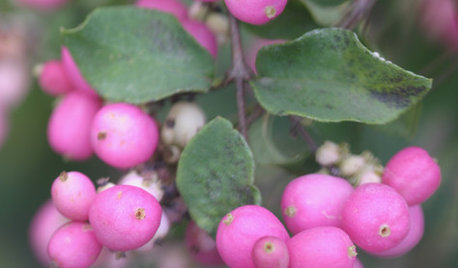
LANDSCAPE DESIGN5 Berry-licious Shrubs to Plant Now for Winter Interest
Showy color during snow season? You bet. These shrubs will wake up a garden with colorful berries when other plants are asleep
Full Story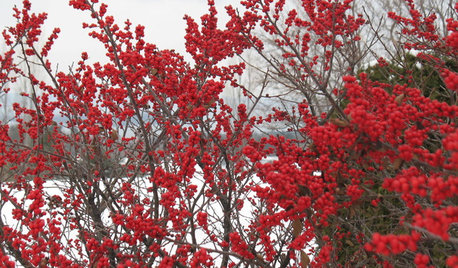
GARDENING GUIDES6 Rockin’ Red Plants for Winter Gardens
Use the bright berries or branches of these cold-climate favorites for outdoor garden interest or container arrangements anywhere
Full Story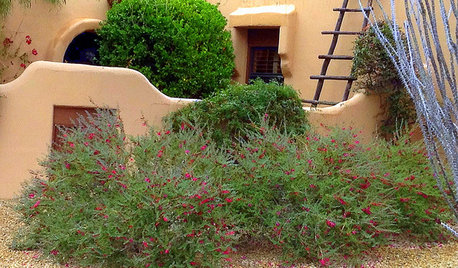
GARDENING GUIDESGreat Design Plant: Valentine Bush for Heartfelt Winter Color
Passionate red flowers from winter through spring add gorgeous color to bare Southwest landscapes
Full Story





jrslick (North Central Kansas, Zone 5B)
jrslick (North Central Kansas, Zone 5B)
Related Professionals
Clemson Landscape Architects & Landscape Designers · Kyle Landscape Architects & Landscape Designers · Signal Hill Landscape Architects & Landscape Designers · Maple Heights Landscape Architects & Landscape Designers · Anderson Landscape Contractors · Salem Landscape Contractors · Matthews Landscape Contractors · Brockton Landscape Contractors · Lantana Landscape Contractors · Mastic Beach Landscape Contractors · North Richland Hills Landscape Contractors · Tacoma Landscape Contractors · Carson Solar Energy Systems · Mesquite Solar Energy Systems · Phoenix Solar Energy SystemsbrgcuviOriginal Author
jrslick (North Central Kansas, Zone 5B)
little_minnie
jrslick (North Central Kansas, Zone 5B)
brgcuviOriginal Author
derock_gw
brgcuviOriginal Author
lazy_gardens
jrslick (North Central Kansas, Zone 5B)
lazy_gardens
little_minnie